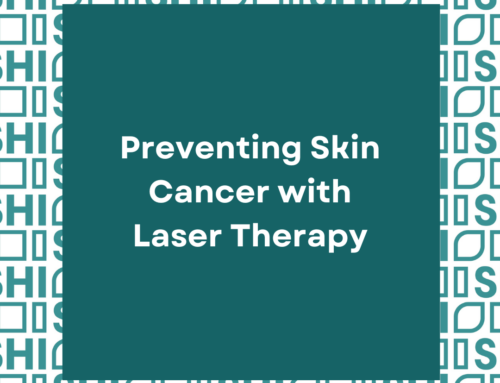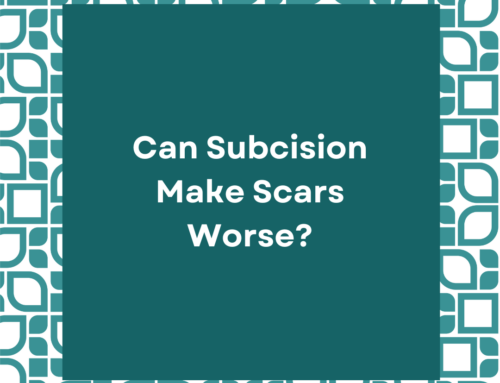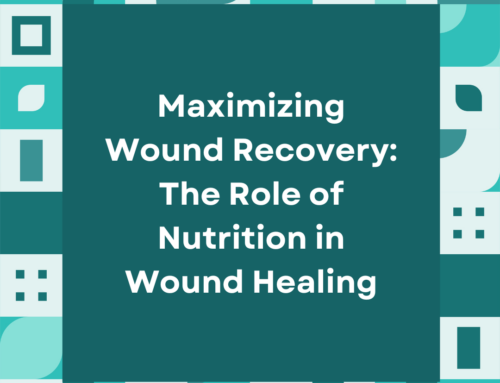Our doctors at Scar Healing Institute are dedicated to helping individuals heal scars caused by acne, trauma, burns, and other conditions. One treatment option that is often discussed in the field of scar healing is the use of steroid injections. But are these injections actually effective for treating scars? Let’s take a closer look.
Steroid injections are a type of medication that contains a synthetic form of the hormone cortisol. Cortisol is a hormone produced by the adrenal gland that helps regulate various bodily functions, including the body’s response to stress. In the context of scar treatment, steroid injections are believed to help reduce inflammation and soften scar tissue.
There are several different delivery methods for steroid injections, including intradermal injections (injections into the skin), subcutaneous injections (injections into the fatty tissue beneath the skin), and intralesional injections (injections into the scar tissue itself). The most appropriate delivery method will depend on the type and location of the scar, as well as the individual’s unique characteristics and circumstances.
There are several different formulas of steroids that are commonly used for scar treatment, including triamcinolone acetonide, betamethasone valerate, and dexamethasone. Each of these formulas has its own unique properties and is used for different purposes.
Below is a breakdown of each formula:
What is Triamcinolone Acetonide? (Brand Name: Kenalog)
Triamcinolone acetonide works by inhibiting the production of collagen, which can help reduce the size and appearance of keloids and hypertrophic scars. It is usually injected directly into the scar tissue using a small needle, a process known as intralesional injection. The injection may be given in a series of treatments, spaced several weeks apart, to achieve the best results.
The use of Triamcinolone acetonide is generally well-tolerated and has few side effects, although it may cause some local reactions at the injection site, such as pain, swelling, or bruising. It is important to note that triamcinolone acetonide is not a one-size-fits-all solution, and it may not work for everyone. It is also important to be aware that triamcinolone acetonide is not a permanent solution, and treatment will need to be repeated over time to maintain the desired results.

What is Betamethasone Valerate?
Betamethasone valerate is a milder form of steroid that is often used to treat scars that are less severe or more recent. It is a synthetic form of the hormone cortisol, which is produced by the adrenal gland and helps regulate various bodily functions, including the body’s response to stress. Like other steroids, betamethasone valerate is believed to help reduce inflammation and soften scar tissue.
The use of Betamethasone valerate is usually injected directly into the scar tissue using a small needle, a process known as intralesional injection. It may be given in a series of treatments, spaced several weeks apart, to achieve the best results. Betamethasone valerate is generally well-tolerated and has few side effects, although it may cause some local reactions at the injection site, such as pain, swelling, or bruising.
One advantage of betamethasone valerate is that it has a slower onset of action than some other steroids. This means that it may take longer for the treatment to take effect, but the effects are also likely to last longer. This can make betamethasone a good choice for scars that are less severe or more recent, as it may be less likely to cause side effects in these cases.
What is Dexamethasone?
Dexamethasone is a potent anti-inflammatory agent that is sometimes used to treat more severe scars that are resistant to treatment, such as those that are associated with burns or other traumatic injuries.
The use of Dexamethasone is often used in combination with other treatments, such as silicone gel sheets or pressure garments, to optimize the outcome. Silicone gel sheets are thin, transparent sheets that are placed over the scar to protect it from the environment and help keep it hydrated. Pressure garments are elastic garments that are worn over the scar to apply gentle, constant pressure, which can help flatten and soften the scar.
These treatments can be used in combination with dexamethasone to enhance the overall effectiveness of the treatment.
Overview of Data
There is some evidence to suggest that steroid injections can be effective in reducing the appearance of certain types of scars, such as keloids and hypertrophic scars. Keloids are raised, bumpy scars that extend beyond the boundaries of the original wound. Hypertrophic scars are similar to keloids, but they do not extend beyond the boundaries of the original wound. Both of these types of scars are caused by an overproduction of collagen, a protein that is essential for wound healing.
Steroid injections work by inhibiting the production of collagen, which can help reduce the size and appearance of keloids and hypertrophic scars. However, it is important to note that steroid injections are not always effective in treating all types of scars, and they may not work for everyone.
There have been several studies that have evaluated the effectiveness of steroid injections for scar treatment. Some of these studies have found that steroid injections can be effective in reducing the size and appearance of keloids and hypertrophic scars, while others have not found a significant benefit. It is worth noting that there are some limitations to the available research on this topic, including the use of small sample sizes and the lack of long-term follow-up data.
More research is needed to fully understand the effectiveness and optimal use of steroid injections for scar treatment. There are also potential risks and side effects associated with steroid injections. These can include skin thinning, changes in skin color, and the development of stretch marks. Additionally, steroid injections may not be suitable for individuals who are pregnant or breastfeeding, or for those with certain medical conditions, such as diabetes or infections.
Summary
Overall, while steroid injections may be effective in some cases for reducing the appearance of keloids and hypertrophic scars, they are not a one-size-fits-all solution. It is important to consult with a medical professional, such as a dermatologist or plastic surgeon, to determine the most appropriate treatment options for your individual needs and circumstances.
We at SHI want to help you resolve all of your skin issues! If you are interested in learning more about scar treatment options and booking a consultation at the Scar Healing Institute, please don’t hesitate to contact us. Our team of medical professionals is here to help you achieve the best possible results for your individual needs!
Schedule an Appointment
Scar Healing Institute
Scar Healing Institute is committed to developing the most effective treatments for scarring. Our team of scar revision specialists are continually inventing the latest technologies and formulas to deliver the best results for our patients.




